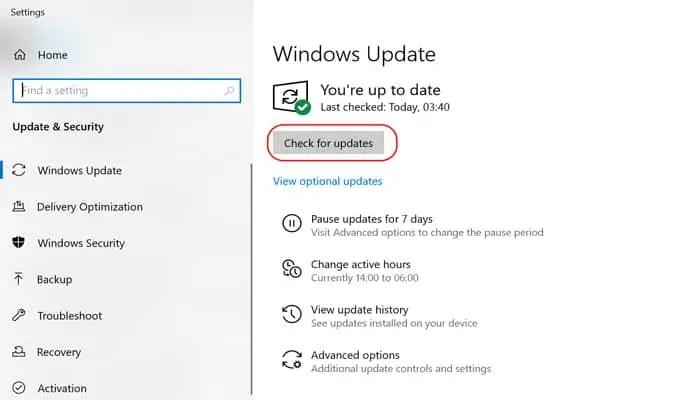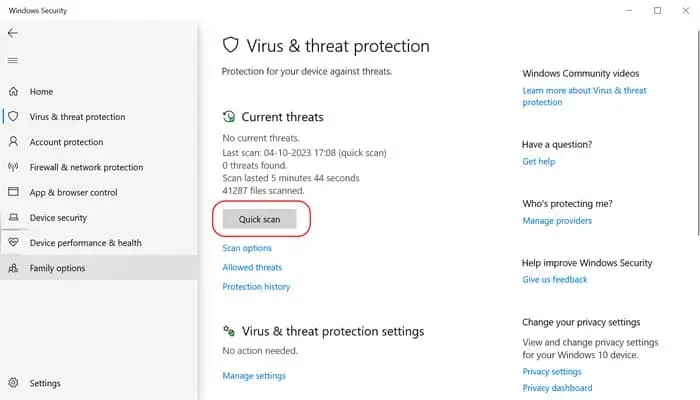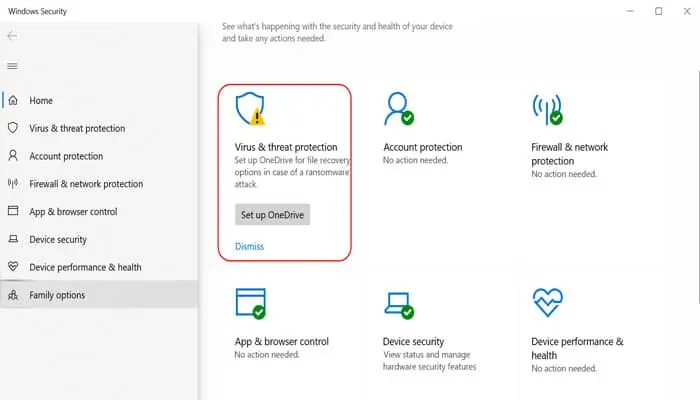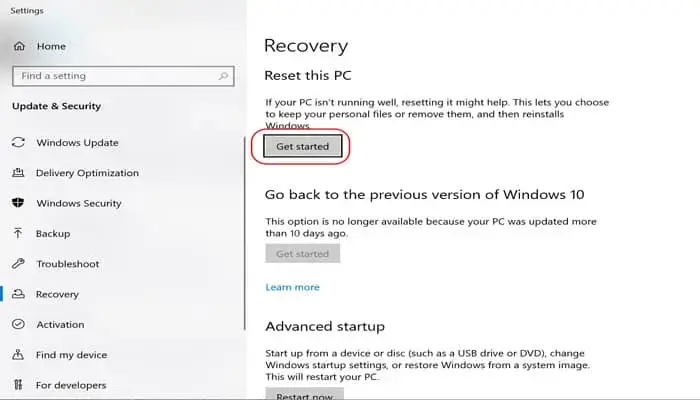Windows errors can be frustrating and disruptive, and one common issue that users encounter is the 0x0 0x0 error. This error code can appear for various reasons, and it often prevents you from performing essential tasks on your computer. In this blog post, we’ll delve into the causes of the 0x0 0x0 error and provide you with a step-by-step guide to fix it permanently.
Understanding the 0x0 0x0 Error:
The 0x0 0x0 error is a generic error code in Windows that can manifest in different situations. It can occur when installing or updating software, performing system updates, or even during regular computer use. While the error code itself doesn’t provide much information, the underlying causes can vary widely. Here are some common triggers for this error:
1. Corrupt System Files: Corrupt or missing system files can lead to this error.
2. Software Conflicts: Incompatible or outdated software can clash with your system, resulting in this error.
3. Malware or viruses: Malicious software can damage system files and cause various errors, including the 0x0 0x0 error.
4. Hardware Issues: Faulty hardware components, such as RAM or hard drives, may also trigger this error.
Now that we have a basic understanding of the error, let’s move on to the steps to fix it.
Step-by-Step Guide to Fix 0x0 0x0 Error Permanently:
1. Verify Windows Updates:
Ensure that your Windows operating system is up to date-

- Go to “Settings” by pressing Windows + I.
- Select “Update & Security.”
- Click “Windows Update” and check for updates.
Many errors are fixed through Windows updates, as they include bug fixes and security patches
2. Run Windows Troubleshooter:
- Windows includes built-in troubleshooting tools that can help identify and resolve common problems.
- Type “Troubleshoot” in the Windows search bar and follow the on-screen instructions.
3. Check for Hardware Issues:
Sometimes hardware problems, such as failing RAM or a faulty hard drive, can lead to various errors. You can run hardware diagnostics to identify and address any hardware-related issues.
4. Scan for malware and viruses:
Malware or viruses can also cause various issues, including the “0x0” error. Use a reliable antivirus program to scan your pc and remove any threats. If you don’t have one, consider using Windows Defender:


- Type “Windows Security” in the Windows search bar and open it.
- Click “Virus & threat protection.”
- Select “Quick Scan” or “Full Scan” and follow the on screen instructions.
5. Update or Rollback Drivers:
Outdated or incompatible drivers can lead to errors. Update your drivers via Device Manager:
- Right-click the Start button and select “Device Manager.”
- Expand the categories and right-click on each device, selecting “Update driver.“
- Choose “Search automatically for updated driver software” and follow the on-screen instructions.
If the problem started after a driver update, consider rolling back to a previous version.
6. Check for disk errors:
Run the built-in disk-checking tool, Chkdsk. To run Chkdsk and scan/repair disk errors:
- Open Command Prompt as an administrator.
- Type chkdsk /f /r and press Enter.
7. Check System File Integrity:
Corrupted system files can lead to various errors. Run the System File Checker (SFC) to check and repair system files:
- Open Command Prompt as an administrator
- Type the command: sfc /scannow then press enter key.
- The SFC tool will scan and repair corrupted system files.
Read Also: How to Use SFC and DISM Scan to Repair Windows 10
8. Perform a Clean Boot:
A clean boot can help identify if a third-party application or service is causing the error. To do a clean boot, go through the following steps:
- Type “msconfig” in the Windows search bar and press Enter.
- In the System Configuration window, go to the “Services” tab and check “Hide all Microsoft services.”
- Click “Disable all.”
- Go to the “Startup” tab and click “Open Task Manager.”
- Disable startup items one by one and restart your computer until you identify the one causing the error.
9. Restore to a Previous State:
If the error started after a recent change, such as a software installation, you can try using System Restore to revert your system to a previous state.
10. Perform a Windows Repair or Reinstall:
If none of the above solutions work, you may need to consider more extensive repairs, such as using the “Reset this PC” feature in Windows:

- Open “Settings.“
- Go to “Update & Security.”
- Choose “Recovery.”
- Click “Get started” under “Reset this PC.”
- Follow on-screen prompts to reset your PC
or performing a clean Windows reinstall. Be sure to back up your data before attempting these options.
Conclusion:
The 0x0 0x0 error in Windows can be frustrating, but with the right approach, you can fix it permanently. By following the steps outlined in this guide, you’ll be well on your way to resolving this error and enjoying a smoother computing experience. Remember to keep your system updated, maintain good software practices, and perform regular maintenance to prevent future errors.